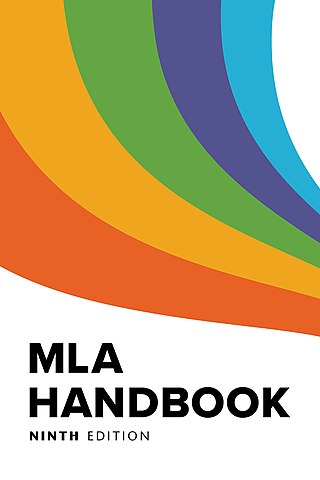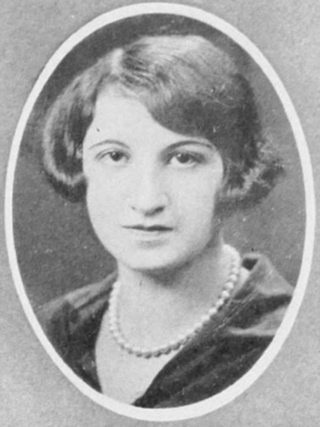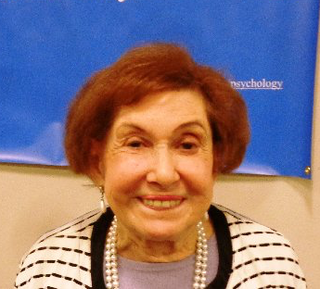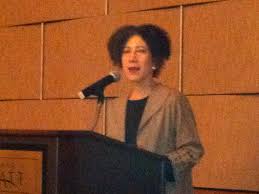
The American Psychological Association (APA) is the main professional organization of psychologists in the United States, and the largest psychological association in the world. It has over 157,000 members, including scientists, educators, clinicians, consultants, and students. It has 54 divisions, which function as interest groups for different subspecialties of psychology or topical areas. The APA has an annual budget of around $125 million.
Clinical psychology is an integration of human science, behavioral science, theory, and clinical knowledge for the purpose of understanding, preventing, and relieving psychologically-based distress or dysfunction and to promote subjective well-being and personal development. Central to its practice are psychological assessment, clinical formulation, and psychotherapy, although clinical psychologists also engage in research, teaching, consultation, forensic testimony, and program development and administration. In many countries, clinical psychology is a regulated mental health profession.
Parenthetical referencing is a citation system in which in-text citations are made using parentheses. They are usually accompanied by a full, alphabetized list of citations in an end section, usually titled "references", "reference list", "works cited", or "end-text citations". Parenthetical referencing can be used in lieu of footnote citations.

Stanley Krippner is an American psychologist and parapsychologist. He received a B.S. degree from the University of Wisconsin–Madison in 1954 and M.A. (1957) and Ph.D. (1961) degrees from Northwestern University.
The scientist–practitioner model, also called the Boulder Model, is a training model for graduate programs that provide applied psychologists with a foundation in research and scientific practice. It was initially developed to guide clinical psychology graduate programs accredited by the American Psychological Association (APA).
Maria P. P. Root is a clinical psychologist, educator, and public speaker based in Seattle, Washington. Her areas of work include multiracial families, multiracial identity, cultural competence, trauma, workplace harassment, and disordered eating. She is an international authority on mixed heritage identity, credited with publishing the first contemporary work on mixed-race people. She has presented lectures and training in various countries, both in and outside of academia.
George Wilson Albee was an American academic who was a pioneer in clinical psychology, who believed societal factors such as unemployment, racism, sexism, and all the myriad forms of exploitation of people by people were the major cause of mental illness. He was one of the leading figures in the development of community psychology. Albee was an advocate for coping with adversity, strengthening individual resources, and social change.

MLA Handbook, formerly MLA Handbook for Writers of Research Papers (1977–2009), establishes a system for documenting sources in scholarly writing. It is published by the Modern Language Association, which is based in the United States. According to the organization, their MLA style "has been widely adopted for classroom instruction and used worldwide by scholars, journal publishers, and academic and commercial presses".

Mahzarin Rustum Banaji FBA is an American psychologist of Indian origin at Harvard University, known for her work popularizing the concept of implicit bias in regard to race, gender, sexual orientation, and other factors.
Susan Tufts Fiske is an American psychologist who serves as the Eugene Higgins Professor of Psychology and Public Affairs in the Department of Psychology at Princeton University. She is a social psychologist known for her work on social cognition, stereotypes, and prejudice. Fiske leads the Intergroup Relations, Social Cognition, and Social Neuroscience Lab at Princeton University. Her theoretical contributions include the development of the stereotype content model, ambivalent sexism theory, power as control theory, and the continuum model of impression formation.
Francis Cecil Sumner was an American leader in education reform. He is commonly referred to as the "Father of Black Psychology." He is primarily known for being the first African American to receive a Ph.D. in psychology. He worked closely with G. Stanley Hall during his time at Clark University, and his dissertation—published in Pedagogical Seminary, which later became the Journal of Genetic Psychology—focused on "Psychoanalysis of Freud and Adler."
The Association of Black Psychologists (ABPsi) is a professional association of African American psychologists founded in 1968 in San Francisco, with regional chapters throughout the United States. It publishes the Journal of Black Psychology. Its main offices are in Washington, D.C. The focuses of the ABPsi are to address the needs of black psychologists while also seeking to improve the state of black mental health at large.

Anne Anastasi was an American psychologist best known for her pioneering development of psychometrics. Her generative work, Psychological Testing, remains a classic text in which she drew attention to the individual being tested and therefore to the responsibilities of the testers. She called for them to go beyond test scores, to search the assessed individual's history to help them to better understand their own results and themselves.
The Society of Consulting Psychology (SCP) is a professional association of psychologists who are involved with consulting psychology. The society is the 13th division of the American Psychological Association. The Society (SCP) currently has over 1,000 members.
Stanley R. Graham was an American psychologist and former president of the American Psychological Association.

Florence Harriet Levin Denmark is an American psychologist and a past president of the American Psychological Association (APA) (1980-1981). She is a pioneering female psychologist who has influenced the psychological sciences through her scholarly and academic accomplishments in both psychology and feminist movements. She has contributed to psychology in several ways, specifically in the field of psychology of women and human rights, both nationally and internationally.
The American Psychological Association (APA) Ethical Principles of Psychologists and Code of Conduct includes an introduction, preamble, a list of five aspirational principles and a list of ten enforceable standards that psychologists use to guide ethical decisions in practice, research, and education. The principles and standards are written, revised, and enforced by the APA. The code of conduct is applicable to psychologists in a variety of areas across a variety of contexts. In the event of a violation of the code of conduct, the APA may take action ranging from termination of the APA membership to the loss of licensure, depending on the violation. Other professional organizations and licensing boards may adopt and enforce the code.

David H. Barlow is an American psychologist and Professor Emeritus of Psychology and Psychiatry at Boston University. He is board certified by the American Board of Professional Psychology. Barlow is known for his research and publications on the etiology, nature, and treatment of anxiety disorders. The models and treatment methods that he developed for anxiety and related disorders are widely used in clinical training and practice. Barlow is one of the most frequently cited psychologists in the world.
Frances Mitchell Culbertson was a child clinical psychologist known for her work promoting international psychology and its emphasis on global and cross-national perspectives. At the time of her death, she was Professor Emerita of Psychology at the University of Wisconsin—Whitewater.

Lillian Comas-Díaz is an American psychologist and researcher of multiethnic and multicultural communities. She was the 2019 winner of American Psychological Association (APA) Gold Medal Award for Life Achievement in the Practice of Psychology. In 2000, she received the APA Award for Distinguished Senior Career Contribution to the Public Interest.








